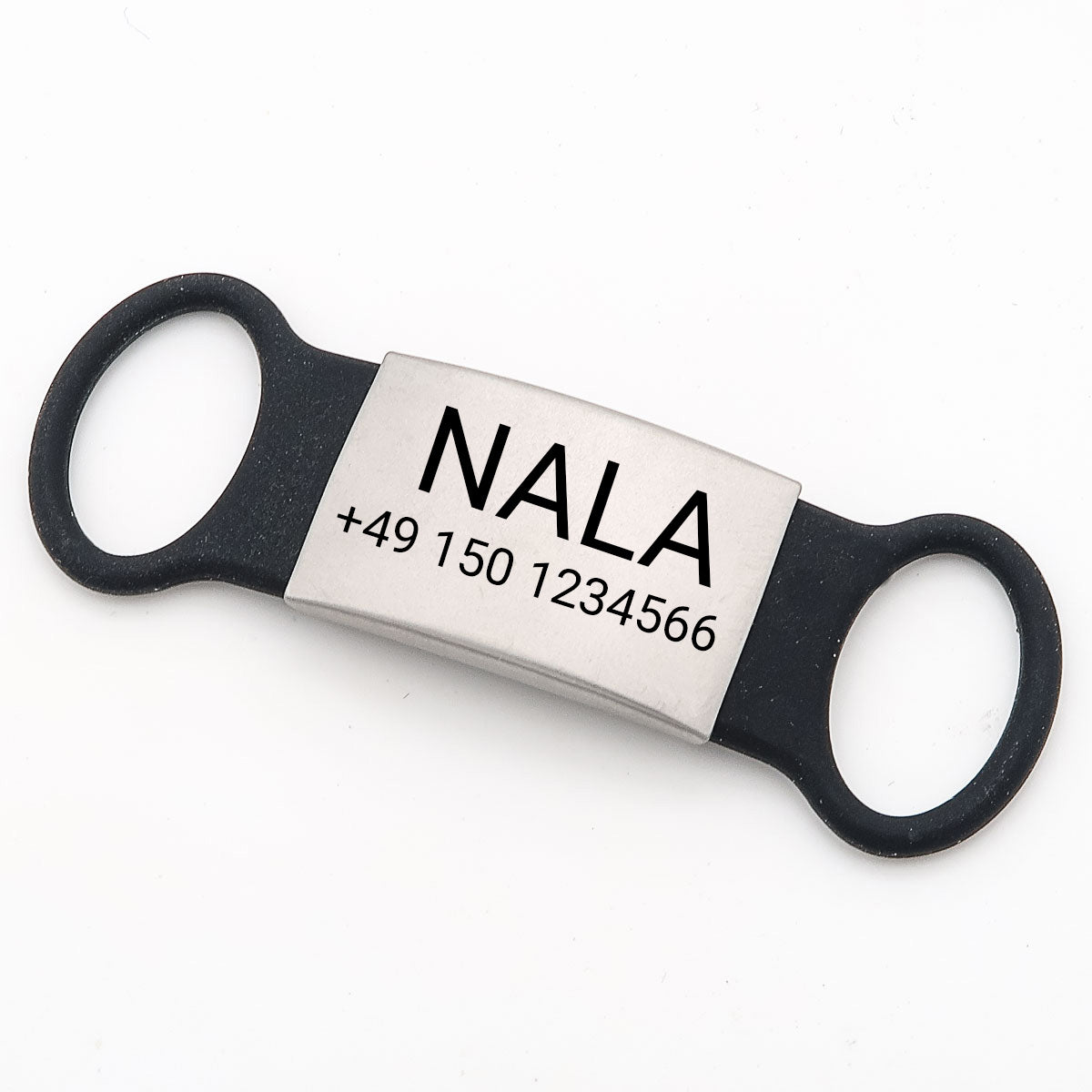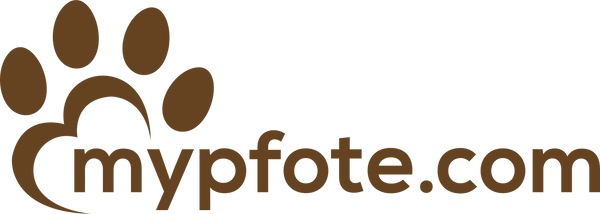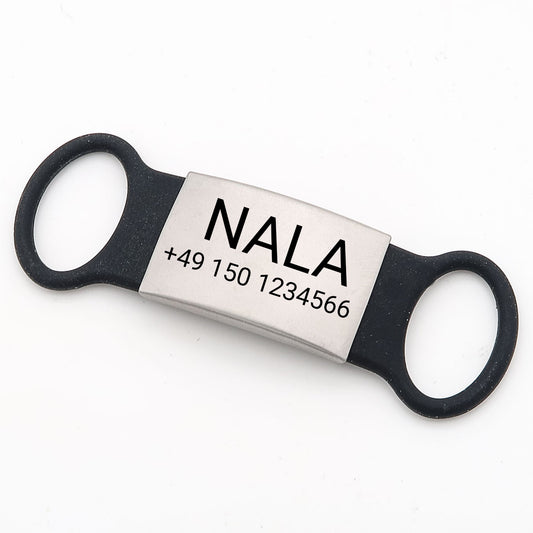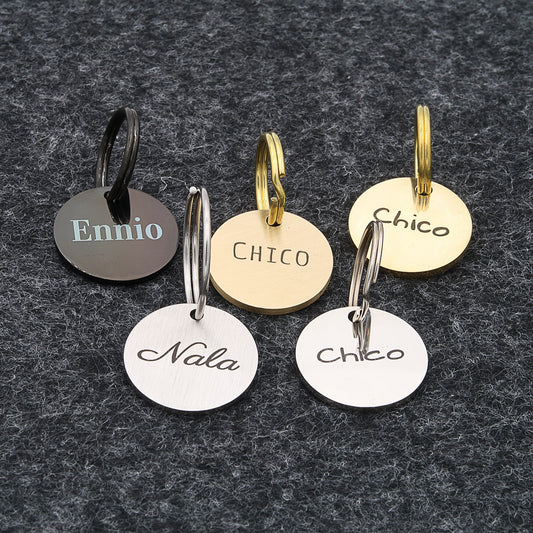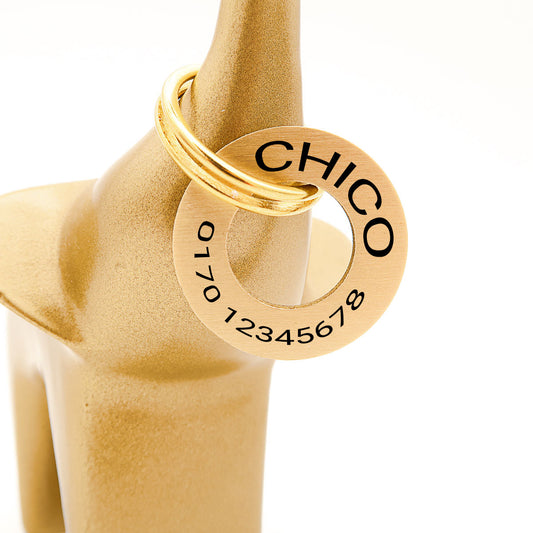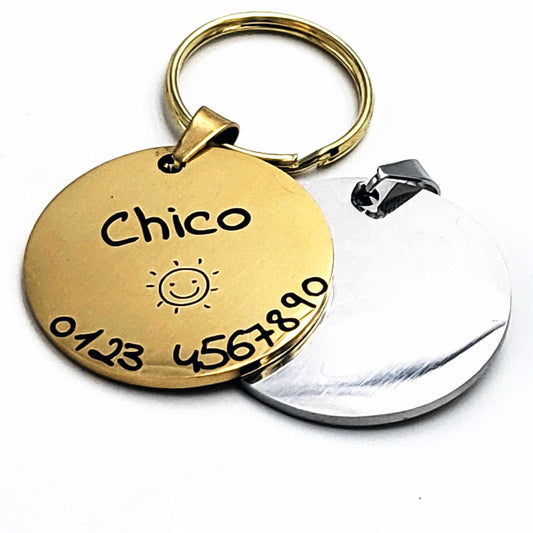
Training my dog with a drag lead - what do I need to know?
Share
Training with a drag lead is a valuable method of dog training. It allows your dog greater freedom of movement without you losing control. Tow line training has proven particularly effective for recall training, leash training and for dogs motivated to hunt. But what do you need to look out for? Which materials are best? And what mistakes should you avoid? Find out everything you need to know here!
Why use a drag line?
A drag line is used to give your dog more freedom of movement and exercise under controlled conditions. It is particularly suitable for:
- Recall training: The dog learns to react to a signal and come back to you.
- Controlling hunting behavior: For dogs with hunting ambitions, the drag line can help to control them.
- Overcoming fear or insecurity: For anxious dogs, a drag line can provide reassurance.
- Training in open areas: The drag line is particularly useful in woods, fields or large meadows.
Choosing the right drag line
There are different materials, lengths and properties that you should consider:
Materials:
- Biothane: Particularly easy to care for, weatherproof, antibacterial and durable.
- Greased leather: supple and robust, but requires more care
- Rubberized leashes: Provide extra grip and prevent slipping.
- Polyester fabric: Light and soft, but not as resistant.
Length of the towline:
- For beginners: 5 to 10 meters
- For advanced training: 10 to 20 meters
Other important features:
- Signal colors: Good visibility in natural areas.
- Tear resistance: Particularly important for strong dogs.
- Weather resistance: Water-repellent materials make care easier.
Important safety information
- Chest harness instead of collar: A drag line should always be attached to a chest harness to prevent injuries to the cervical spine.
- Protect your hands: Wear gloves or use non-slip materials to avoid burns from slipping leads.
- Choose an open environment: Make sure your dog doesn't get tangled up in trees or bushes.
- Do not wrap it around your hand: A sudden jerk can lead to injury.
How to use the drag line correctly
1. first training: Start in an open area with few distractions. Your dog should get used to the new lead without getting tangled up or stumbling.
2. recall training with the lead:
- Call your dog with a clear signal word (e.g. "Here!"). Maintain the signal word, then the learning effect is greatest.
- If he does not respond, gently lead him back to you with the drag line.
- Reward him with treats or pats.
- Repeat the exercise regularly in short training sessions.
3. controlling the hunting instinct: If your dog shows signs of hunting behavior (e.g. sniffing, stalking, fixing), you can gently pull on the tow line and distract him with an attention signal.
4. avoid mistakes:
- No abrupt jerks on the lead.
- Do not keep the lead permanently taut, but leave it loose.
- Be patient - training takes time!
Caring for the drag line
- After muddy walks, wipe off the lead and leave to dry.
- Biothane leads can simply be cleaned with water.
- Leashes made of fabric or leather require occasional care products.
- Check snap hooks for rust and stability.
Conclusion
Leash training is a valuable tool for dog training and gives your dog more freedom of movement while you remain in control. With the right technique, the right lead and a little patience, dog owners can make training a success. Whether it's recall training, leash training or controlling hunting behavior - with the drag line you have an effective training aid at hand!
